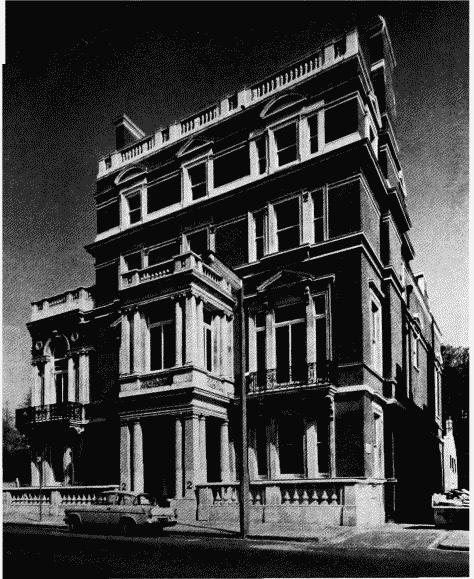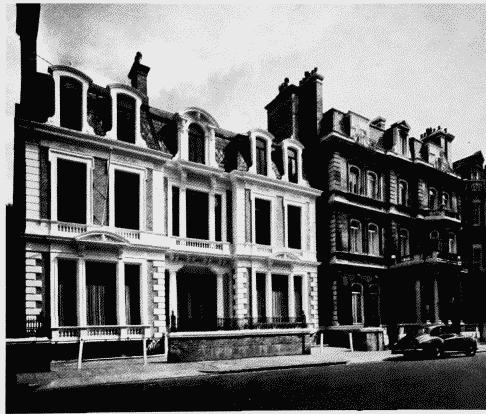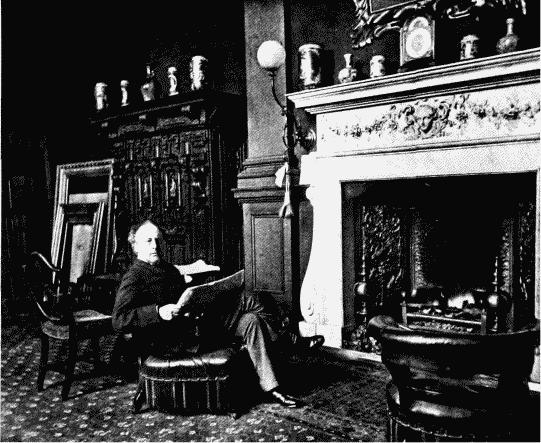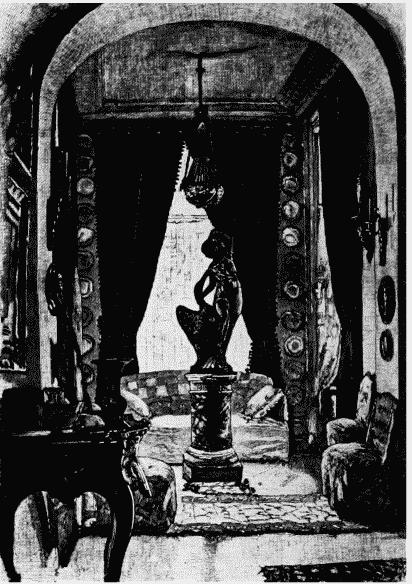Survey of London: Volume 38, South Kensington Museums Area. Originally published by London County Council, London, 1975.
This free content was digitised by double rekeying. All rights reserved.
'Plate 94: Palace Gate', in Survey of London: Volume 38, South Kensington Museums Area, ed. F H W Sheppard (London, 1975), British History Online https://prod.british-history.ac.uk/survey-london/vol38/plate-94 [accessed 16 April 2025].
'Plate 94: Palace Gate', in Survey of London: Volume 38, South Kensington Museums Area. Edited by F H W Sheppard (London, 1975), British History Online, accessed April 16, 2025, https://prod.british-history.ac.uk/survey-london/vol38/plate-94.
"Plate 94: Palace Gate". Survey of London: Volume 38, South Kensington Museums Area. Ed. F H W Sheppard (London, 1975), British History Online. Web. 16 April 2025. https://prod.british-history.ac.uk/survey-london/vol38/plate-94.
In this section
PALACE GATE
a. No. 2, c. 1873–6, in 1974.

Palace Gate
No. 2, c. 1873–6, in 1974.
P. C. Hardwick, architect (p.44)
b. Nos. 4 and 6, 1873–4, (Salomons and Jones architects of No. 4) in 1972(pp. 44, 46)

Palace Gate
Nos. 4 and 6, 1873–4, (Salomons and Jones architects of No. 4) in 1972(pp. 44, 46)
c. No. 2: (Sir) J. E. Millais in his studio in 1884, and the drawing room alcove in 1881

Palace Gate
No. 2: (Sir) J. E. Millais in his studio in 1884, and the drawing room alcove in 1881
d. No. 2: (Sir) J. E. Millais in his studio in 1884, and the drawing room alcove in 1881

Palace Gate
No. 2: (Sir) J. E. Millais in his studio in 1884, and the drawing room alcove in 1881